When Tran Tam saw the sign "Please remove all cats and dogs" that his neighbor hung in front of his house, he sighed and knew he had to move once again.
Tam started rescuing cats and dogs in 2013. At first, he only brought food to stray cats and dogs, then when he saw some injured animals, he took them home to care for them. From a few, the number of cats and dogs that Tam has adopted has increased to 40-70.
Keeping many cats and dogs in the house made the Saigon guy constantly receive complaints from neighbors about the noise and bad smell. He apologized, tried using sand to cover cat feces, invested in air purifiers, deodorizers, and room sprays, but the situation still did not improve much.
Most of the rescued animals are stray dogs and cats, easily frightened and often meowing in the middle of the night. Every time the neighbors threatened to file a lawsuit with the authorities, Tam dragged them away to find a new home.
From rented rooms in central districts such as Binh Thanh, Tam later had to move to District 3, District 10, District 7, Phu Nhuan, Tan Phu, Go Vap for convenience in rescue. But as the number of rescued animals increased, he looked for deserted areas, far from residential areas, near fields, landfills or cemeteries in Binh Hung, Vinh Loc A, Da Phuoc communes (Binh Chanh district) then Hoc Mon district, Thu Duc city.
Accepting that the distance between work and the dog and cat rescue center is dozens of kilometers, but there were years when Tam still had to move up to 5 times.
The last time he rented a 120-square-meter house in Da Phuoc commune, at the end of a dead-end alley. However, the family living next door was still angry and hung a sign on Tam's gate that said, "The house stinks, please remove all cats and dogs."
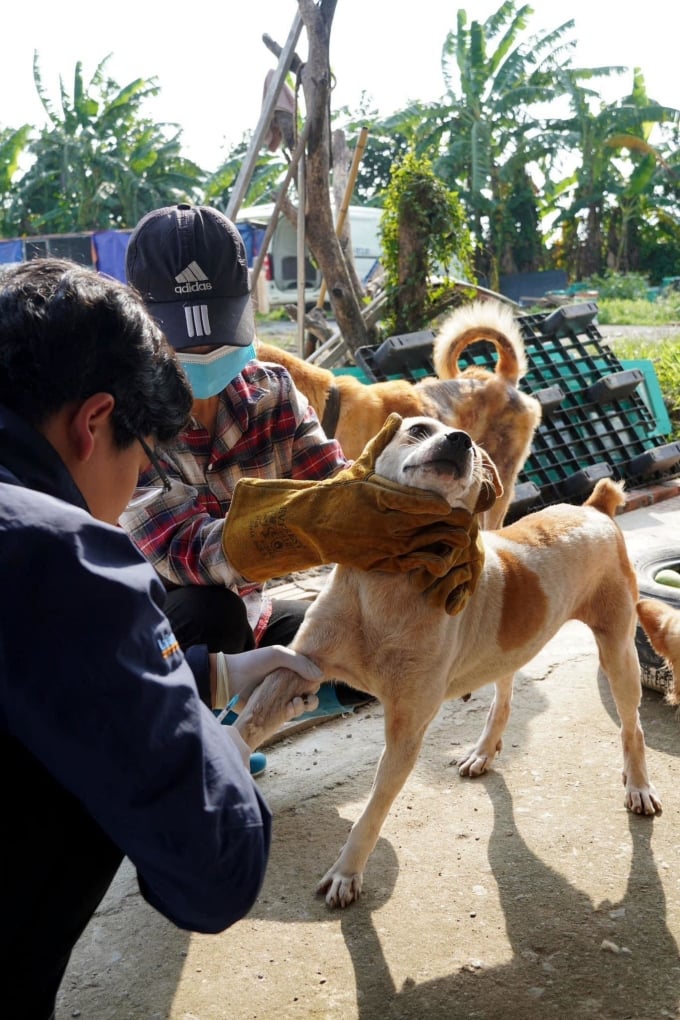
Volunteers at the dog and cat rescue station in Thanh Oai district, Hanoi, are treating rescued pets in 2023. Photo: Dog-filled yard
In Hanoi, a rescue station in Nhat Tan ward, Tay Ho district is in a similar situation.
Last May, Ms. Thanh Hoa (name changed) in Nhat Tan ward was asked to move when 22 surrounding households filed a complaint with the local authorities because her pets were making noise and emitting bad odors.
The 30-year-old woman said that the house she had just rented in Nhat Tan Ward was a place to take care of about 100 elderly paralyzed dogs and cats. To avoid affecting the residents, they bought odor-blocking nets, air purifiers, and essential oil lamps.
Dogs and cats here are restricted in their movements so they do not affect the lives of the residents. The rescue station has never received direct complaints from neighbors.
However, being suddenly asked to move shortly after arriving left Ms. Hoa at a loss as she could not find another place to live. Every time she moved, the station had to spend a lot of money to renovate the place and build barns to suit the purpose of use, while the budget was tight.
The leader of Nhat Tan Ward People's Committee said that Ms. Hoa's group's action of rescuing abandoned pets was good, but the place where they were kept was close to a residential area, causing noise and affecting the surrounding residents. The rescue station was forced to relocate.
Sympathizing with the rescue stations, Mr. Tran Chi, 70 years old, in Hanoi, who used to live next to a dog and cat rescue station, said "I tried to endure but could not stand it, because of the stench and the loud barking from morning to night". "If you sympathize with them, who will understand me?", Mr. Chi reflected.
Mr. Nguyen Xuan Son - Chairman of the Vietnam Cat Association, said that the characteristics of dogs and cats when raised in large numbers are often difficult to control infectious diseases, especially with poor medical conditions. Rescue stations with high dog and cat density are located in the middle of residential areas, so it is difficult to control noise and hygiene, affecting the living environment.
"Therefore, moving rescue stations out of residential areas to avoid air pollution and noise is the right thing to do," said Mr. Son. The expert also said that the prerequisite is to have separate care and isolation measures for dogs and cats to avoid cross-infection. Depending on the number of dogs and cats and the health of the herd, appropriate spaces and areas for raising them should be built.
According to preliminary statistics from VnExpress , there are currently about 30 rescue stations nationwide, most of which are located in Hanoi and Ho Chi Minh City. The biggest difficulty of these stations is the lack of space for captivity, and the inability to ensure sufficient funding and resources to rescue more individuals from slaughterhouses for care and recovery.
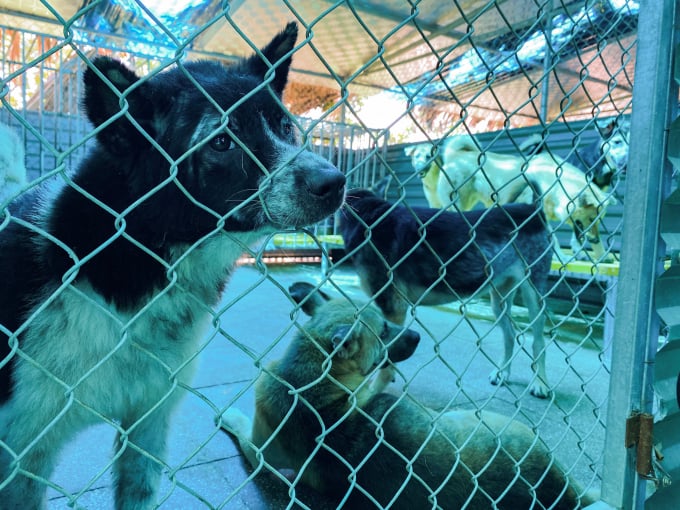
A cage at Minh Quang's rescue station in Thanh Oai district (Hanoi) is taking care of 5-7 dogs rescued from slaughterhouses, July 2023. Photo: Quynh Nguyen
Every year, the dog rescue station of Mr. Nguyen Minh Quang, 39 years old in Thanh Oai district, Hanoi has to move because it is raising more than 350 dogs and more than 100 cats. The first two times, Mr. Quang had to move from his garden house in Thanh Tri district to Thanh Oai district because of complaints from residents about noise and bad smell.
After 14 years of rescuing animals from slaughterhouses, Mr. Quang said finding funding for their cages, food, and medicine is one thing, finding new owners for them is ten times more difficult. Unlike other rescue stations that rescue dogs and cats, most of the dogs at Mr. Quang's station are domestic dogs. The characteristic of "dogs only getting used to one owner" and having been beaten many times and witnessed slaughter at slaughterhouses, the animals become aggressive and lose control, making the process of finding new owners difficult.
That is also the reason why each year only 10-15 dogs in Quang's station are adopted by families, but many are returned. "It's a pity to abandon them, but it's a sin to keep them, but if I keep trying to raise more, I probably won't have the strength," Quang said.
Associate Professor, Dr. Bui Thi An, Director of the Institute of Natural Resources, Environment and Community Development, said that the establishment and development of dog and cat rescue stations and teams is a humane act, demonstrating people's love for pets. However, rescue teams also need to calculate the cost of care and feeding, as well as ensuring hygiene, noise and preventing the possibility of pets accidentally escaping from their cages and attacking people.
According to experts, the best way is for authorities to proactively count the number of rescue stations and establish support policies.
Instead of letting rescue stations rescue and raise animals themselves, causing the number of animals to increase while the area and finances are limited, Ms. An believes that society needs to calculate and build suitable captive facilities and provide financial support to have more animal rescue stations.
But while waiting for new sanctions and regulations to be applied, the pet rescue stations of Mr. Tam, Ms. Hoa or Mr. Quang are still living in a situation where they do not have enough money to care for and treat the rescued pets. Even when they receive notices from the ward or opposing opinions from the surrounding area, they understand that it is time to move.
Ms. An believes that if the situation of chasing and moving occurs or conflicts persist, pets can easily face the risk of not being properly cared for and protected.
"The people who set up the stations themselves are in a difficult situation due to lack of money, lack of accommodation and lack of sympathy from the community," Associate Professor, Dr. Bui Thi An warned.
Ngoc Ngan - Quynh Nguyen
Source


![[Photo] Prime Minister Pham Minh Chinh receives Deputy Prime Minister of the Republic of Belarus Anatoly Sivak](https://vstatic.vietnam.vn/vietnam/resource/IMAGE/2025/4/2/79cdb685820a45868602e2fa576977a0)
![[Photo] Comrade Khamtay Siphandone - a leader who contributed to fostering Vietnam-Laos relations](https://vstatic.vietnam.vn/vietnam/resource/IMAGE/2025/4/3/3d83ed2d26e2426fabd41862661dfff2)

![[Photo] Prime Minister Pham Minh Chinh receives CEO of Standard Chartered Group](https://vstatic.vietnam.vn/vietnam/resource/IMAGE/2025/4/2/125507ba412d4ebfb091fa7ddb936b3b)
![[Photo] Special relics at the Vietnam Military History Museum associated with the heroic April 30th](https://vstatic.vietnam.vn/vietnam/resource/IMAGE/2025/4/3/a49d65b17b804e398de42bc2caba8368)

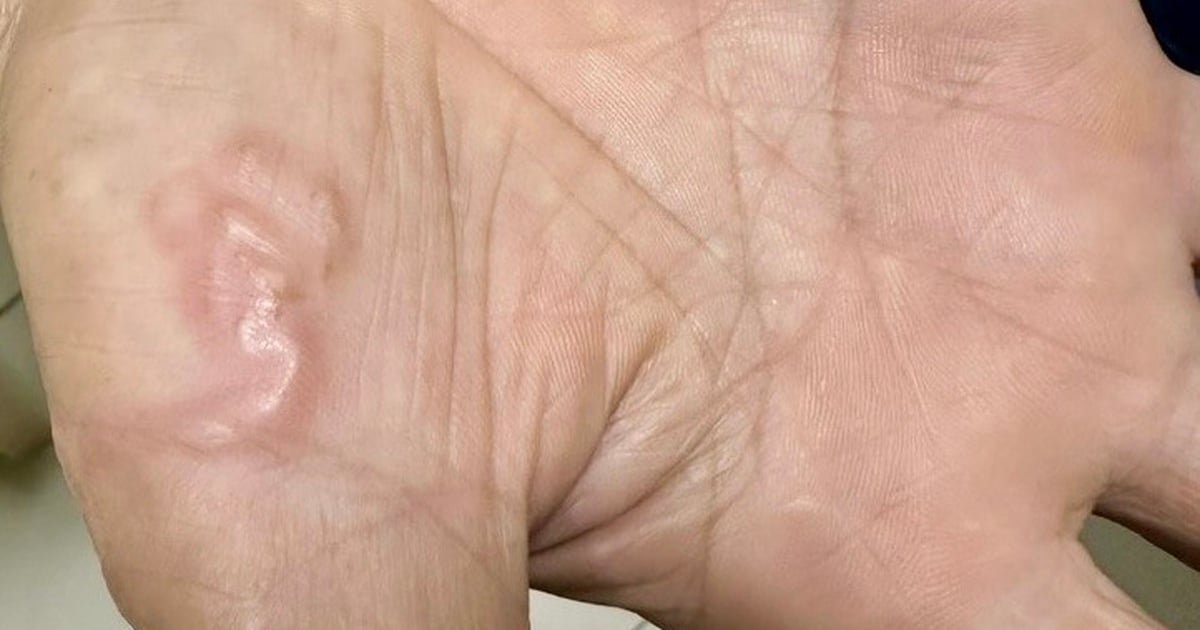

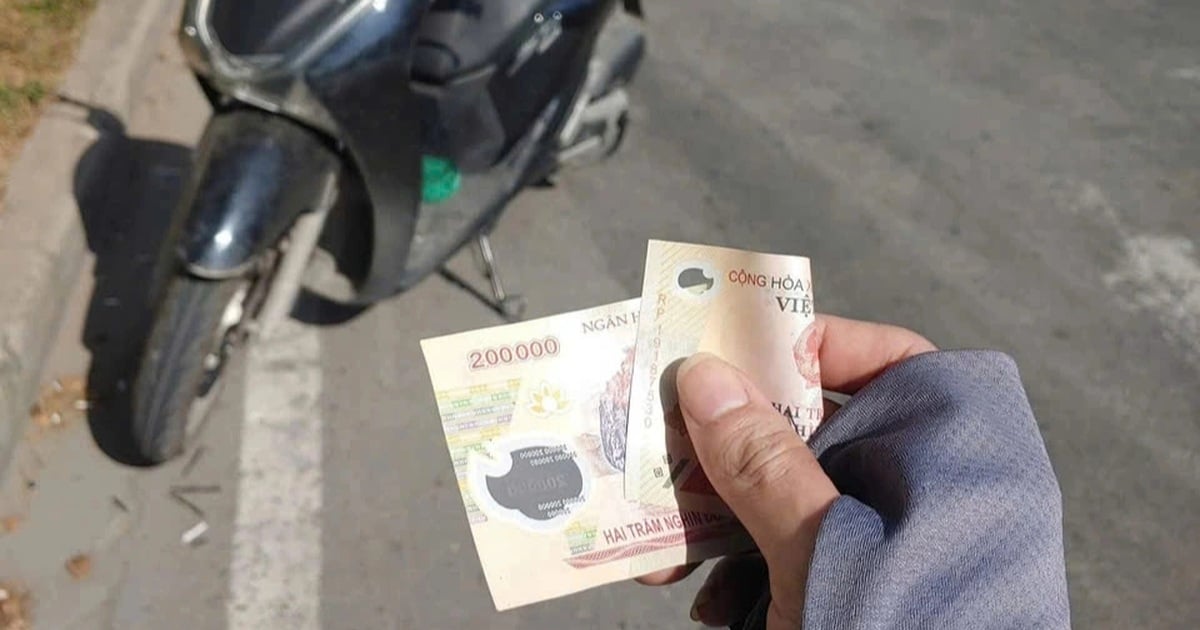



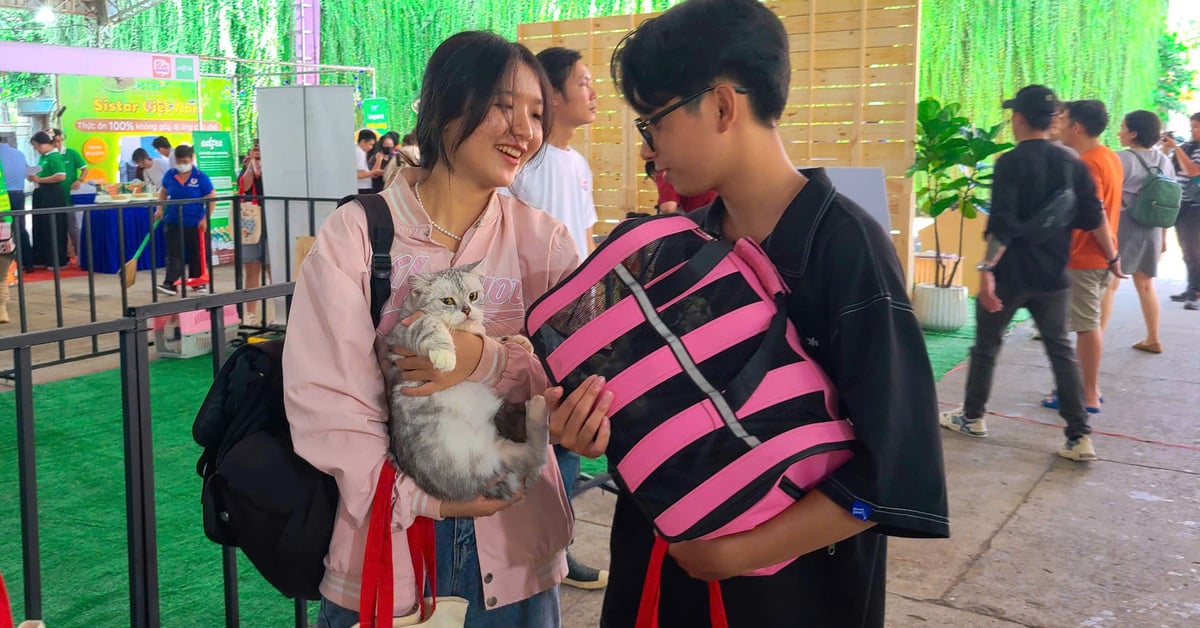


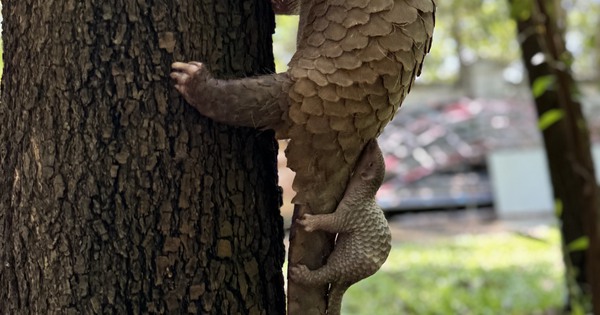

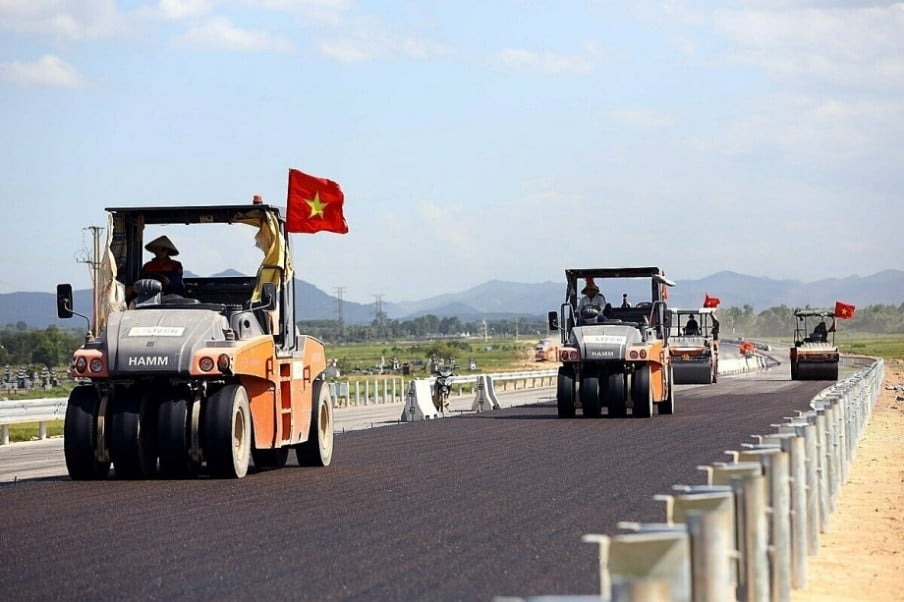
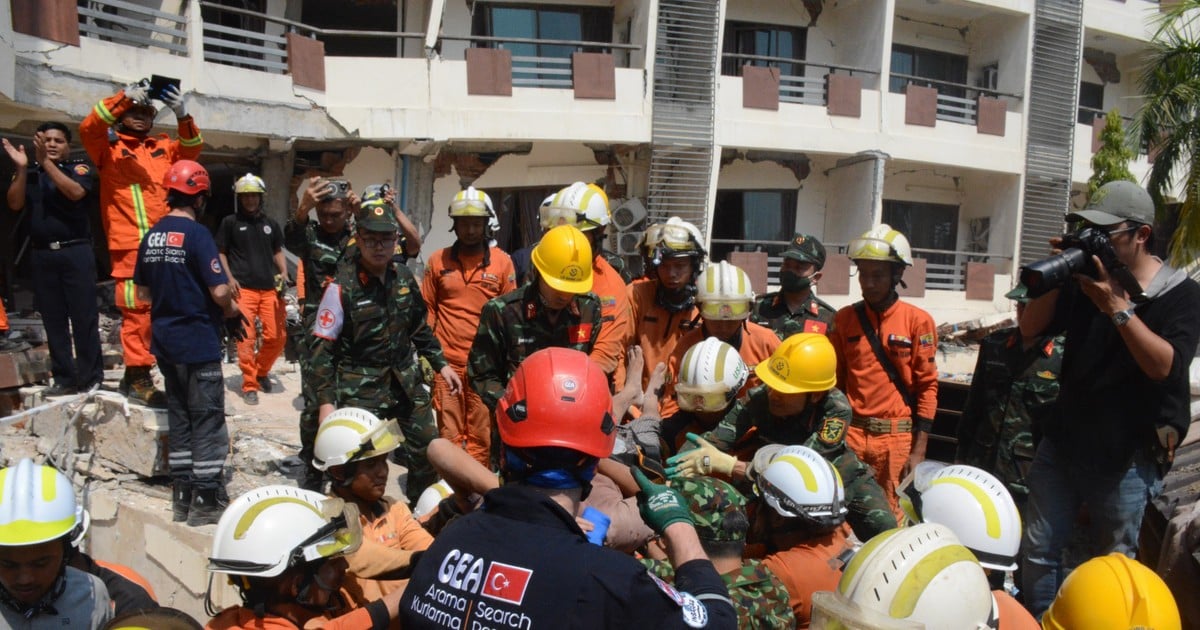

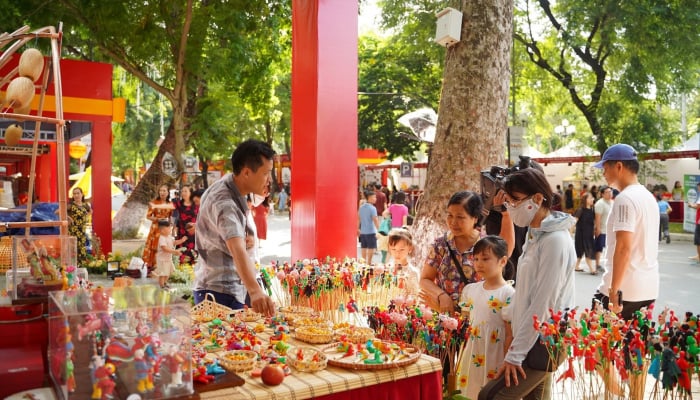






































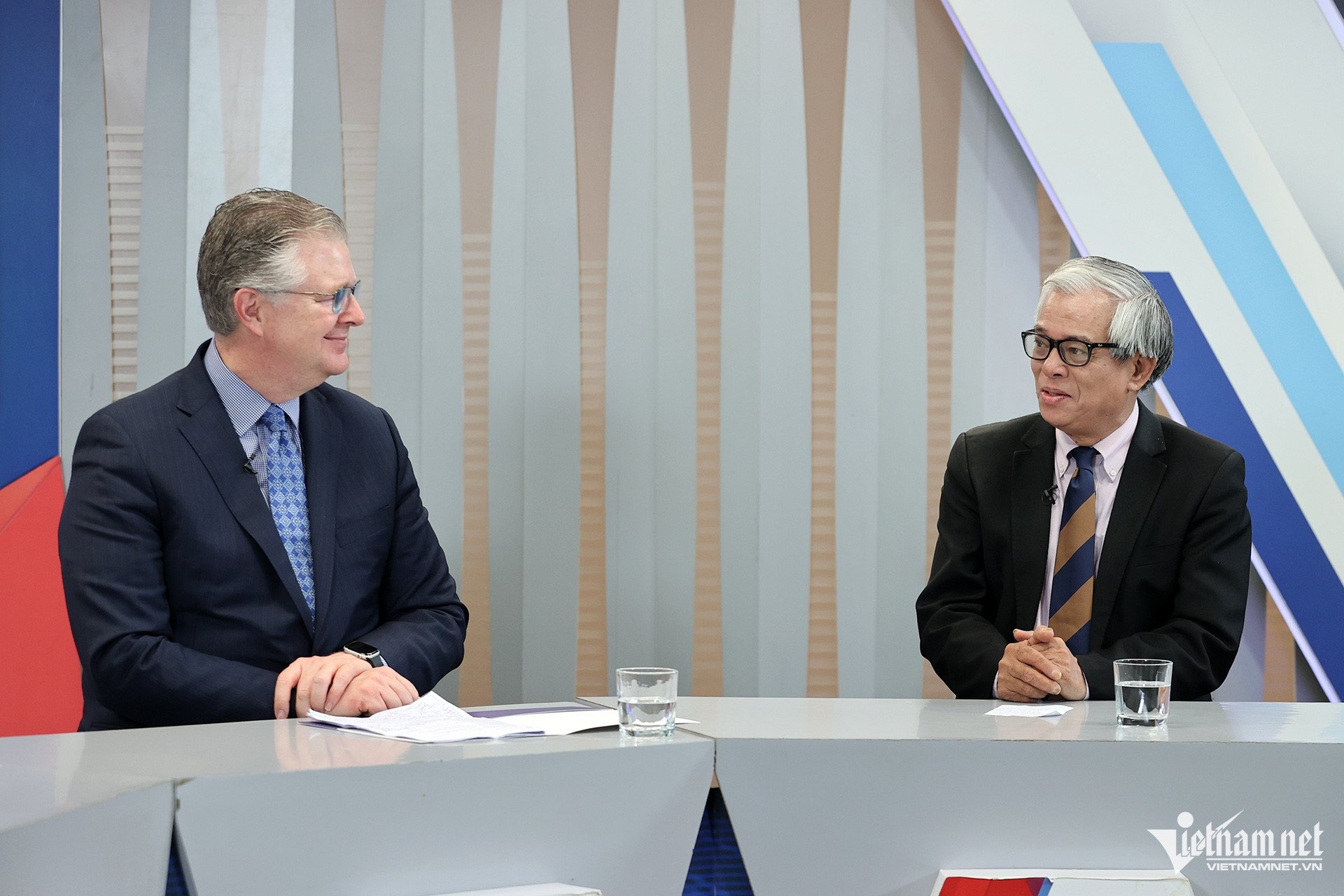

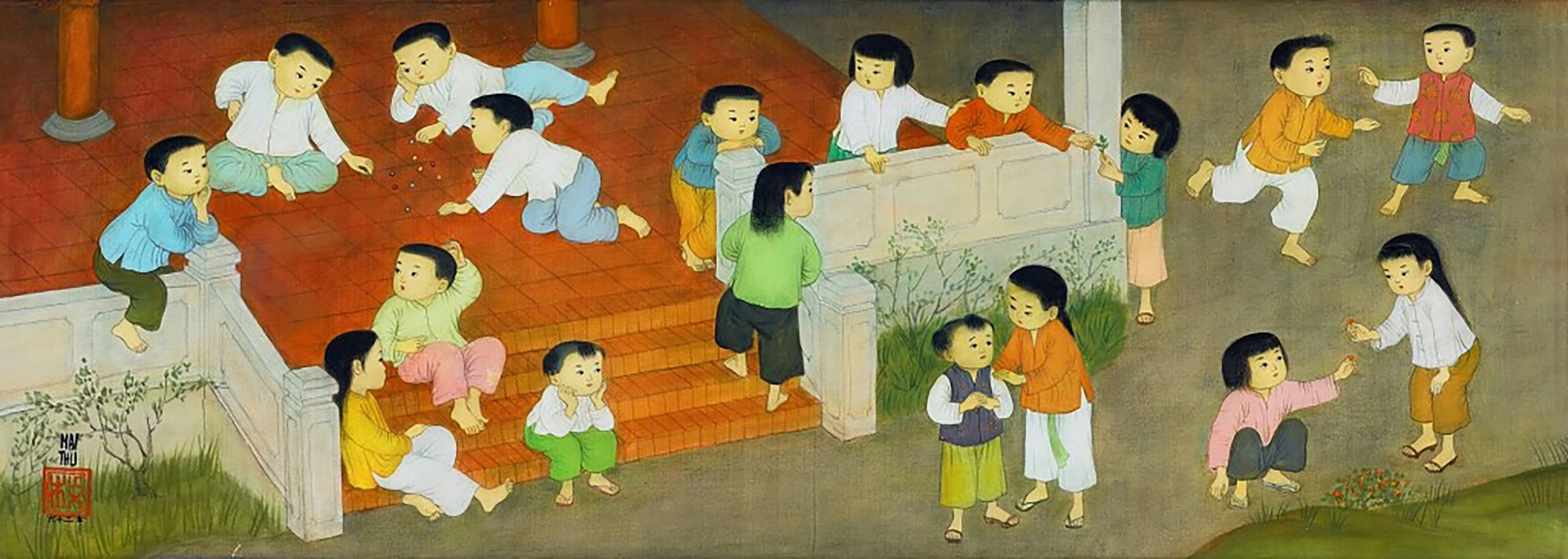

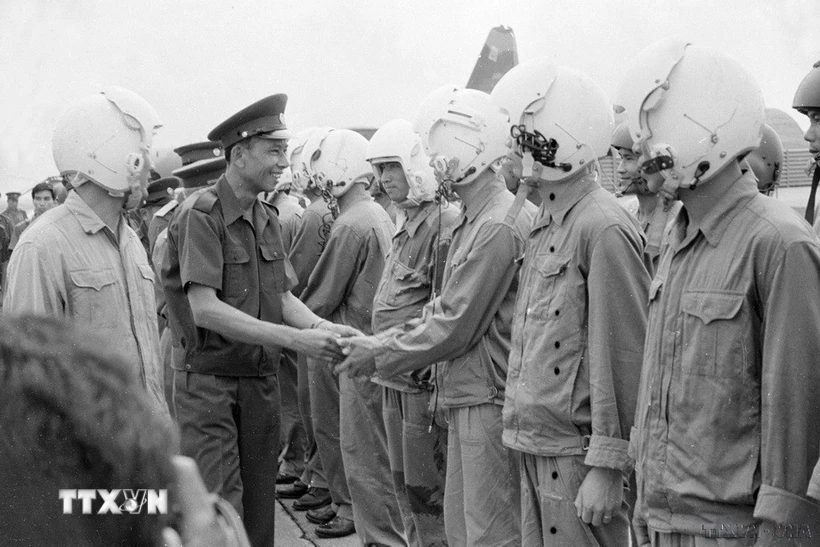





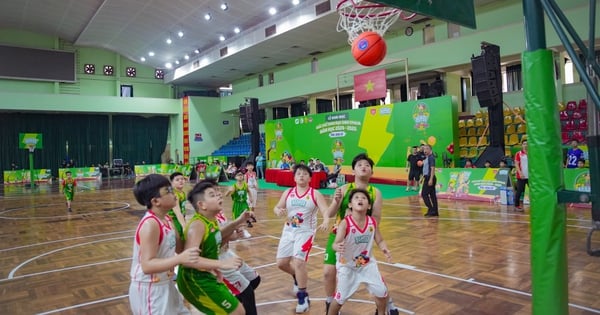










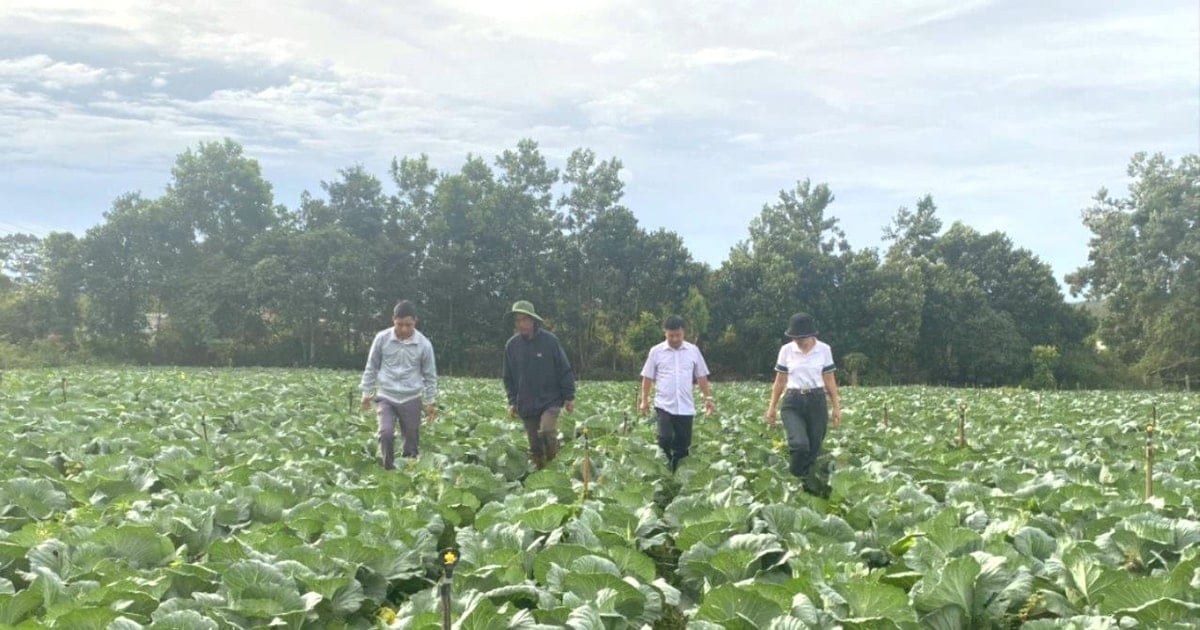














Comment (0)